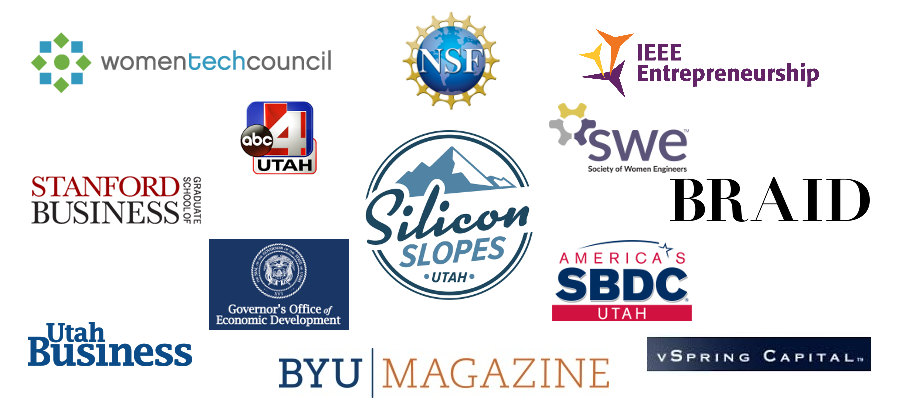If you’ve already signed up for our SBIR course, Develop a Winning SBIR Strategy – Insights From The Review Process, then you may remember how much emphasis I place on the definition of feasibility in the Phase I proposal.
I’ve been in review panels where an otherwise fundable and attractive project was NOT FUNDED because it did not have a clear statement of feasibility.
What is a statement of feasibility?
It literally is a statement that says “We will have demonstrated the feasibility of our approach during this Phase I proposal if [IMPORTANT STUFF HERE]
That’s it. But why is it important? Because you’ll repeat this statement several times as you work through the process. In your Phase I report you’ll recap your feasibility statement with evidence of having accomplished what you set out to accomplish. I will look something like this:
In the Phase I proposal, we said [feasibility statement here] and during our Phase I work we [proof that approach was feasible] and therefore this proposed work is appropriate for a Phase II proposal.
Then in your Phase II proposal, you will repeat the process of emphasizing that the Phase I work demonstrated your approach was feasible, and that’s why you’re proposing to do the Phase II work!
Make sure you have a clear and concise Phase I Feasibility Statement!
To see the post visit our VentureWrench StartupNotes blog at https://venturewrench.com/feasibilitystatementforphase2success/
If you have already received Phase I SBIR Grant Funding, hopefully you’ve read our “Free Guide: 40 Ways to Improve your SBIR proposal” (if not, get your copy!).
———————————————————————-

